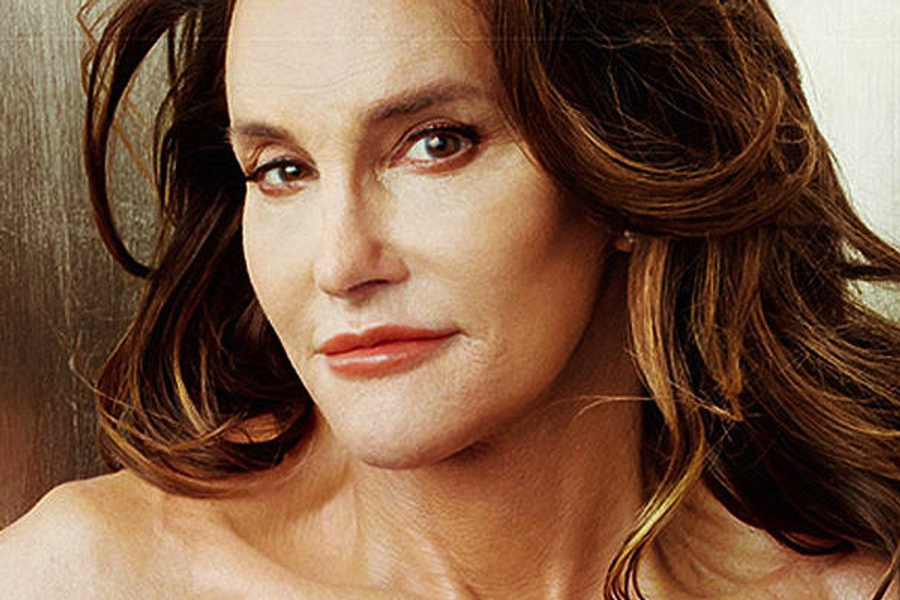Whose Race—And Gender—Is it Anyway?
Caitlyn Jenner and Rachel Dolezal trigger an important conversation.
Marilyn Katz

So much has been said in the past week about Caitlyn Jenner and Rachel Dolezal and the porous boundaries of gender and race. But neither the questions nor answers are definitive.
As most everyone who is digitally aware knows, Jenner says she is a woman. Former NAACP leader Rachel Dolezal says she “identif[ies] as black.”
However, while Jenner’s self-identification as a woman is being widely praised, Dolezal’s self-identification as black is being widely condemned.
Dolezal who has lived as a black woman for many years — with two black sons — has been denounced as a fraud. Jenner, who says that she felt like a fraud while living as a man, is now lauded for finding her true voice as a woman.
Still, their choices open up a long overdue conversation concerning race and gender: are these categories natural occurrences or just useful ways of seeing and understanding who people are? We look to history for answers.
Chicago’s own Lerone Bennett argues, in his book Before the Mayflower, that when this country was founded there was no category of race, only free men and indentured servants — who might be either black or white, by today’s racial categories. Once freed from indenture, they were simply free men. It was only when the landed gentry of the New World began to worry about black and white servants revolting together, that blacks were separated out, in what Bennett and Historian Noel Ignatiev term the creation of the “white class.”
Esteemed Sociologist Eduardo Bonilla-Silva says Europeans solidified the idea of race to justify the treatment of those they colonized. He writes, “when race emerged in human history, it formed a social structure (a racial social system) that awarded systemic privileges to Europeans (‘whites’) over non-Europeans (‘non-whites’). Racialized social systems, or white supremacy for short, became global and affected all societies where Europeans extended their reach.”
Womanhood, too, has been written about, particularly by the feminists of the mid-twentieth century, as a social construction that turned the gender identity into an inferior social status. “One is not born, but rather becomes a woman,” writes Simone de Beauvoir in The Second Sex. “Social discrimination produces in women moral and intellectual effects so profound that they appear to be caused by nature.”
But perhaps the most famous questioning of the socially created category of woman was that of Sojourner Truth, who believed that definitions of race and gender were simply tools to keep slavery, like every other power system, alive:
Look at me! Look at my arm! I have ploughed and planted, and gathered into barns, and no man could head me! … I could work as much and eat as much as a man — when I could get it — and bear the lash as well! … I have borne thirteen children, and seen most all sold off to slavery, and when I cried out with my mother’s grief, none but Jesus heard me! And ain’t I a woman.
There has been much condemnation of Dolezal for trying to “pass,” but ironically, she reifies rather than challenges the use of race or gender characteristics to create economic and cultural barriers and norms. If both race and femaleness are social constructs created by those in power to maintain their control of society and resources, the condemnation of Dolezal and the praise of Jenner is more than a little ironic.
Yes, Dolezal may have lied, although it is just as likely that she — a former Africana Studies professor — is familiar with the arguments around the construction of race and gender and may believe that her appropriation of black identity is justified. And while her apparent lies have caused her to resign from her role in the NAACP, they do not erase her commitment to ending the depredations and degradations of racism.
Gender and race are not static but socially created identities that can and should be questioned. These are not new ideas and in fact they were the propelling concepts behind much of the activism of both African-Americans and women during the ’60s.
It was as much the hope of the woman’s movement as it was the hope of Dr. King that we would forge a society where one was not judged by the color of their skin, their genitalia or with whom they chose to have sex. Like Dr. King, we sought to be judged by the “content of [our] character” — nothing more, nothing less.
If the current events spark debate and action that get us anywhere closer to that goal, then all the confusion, ink and hype may be worth it.








